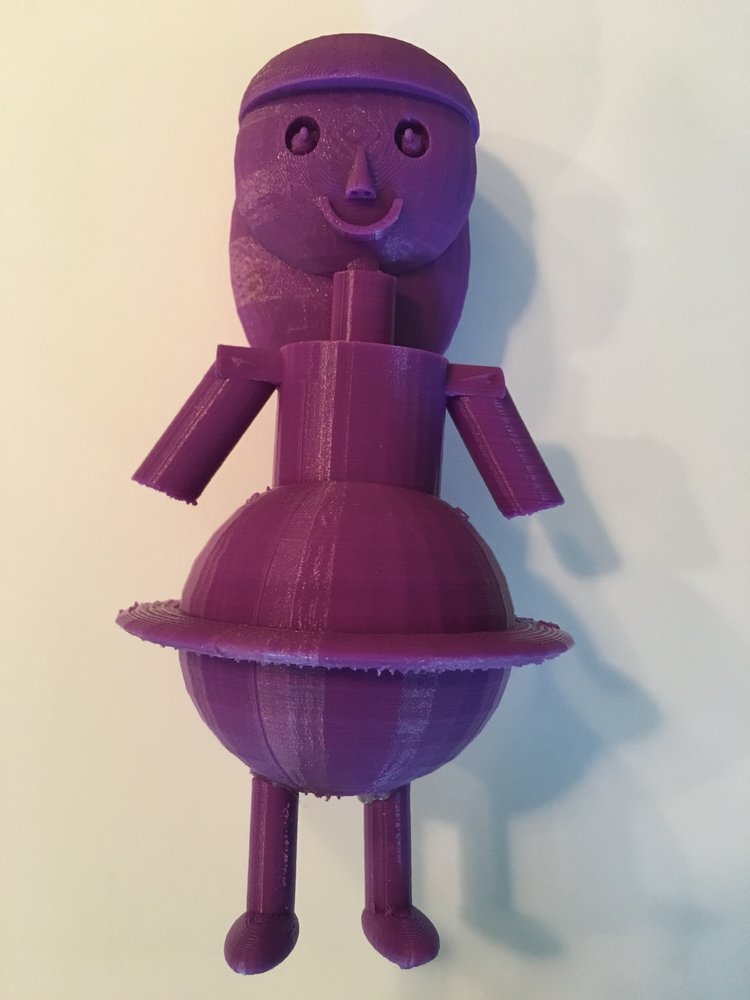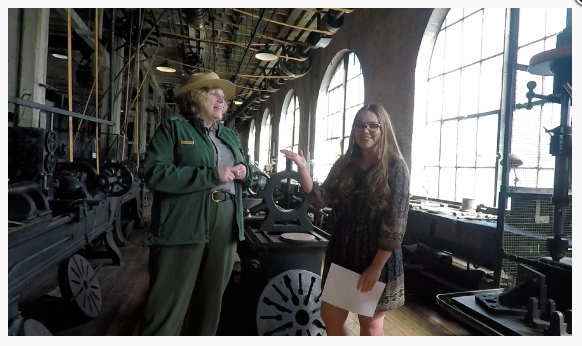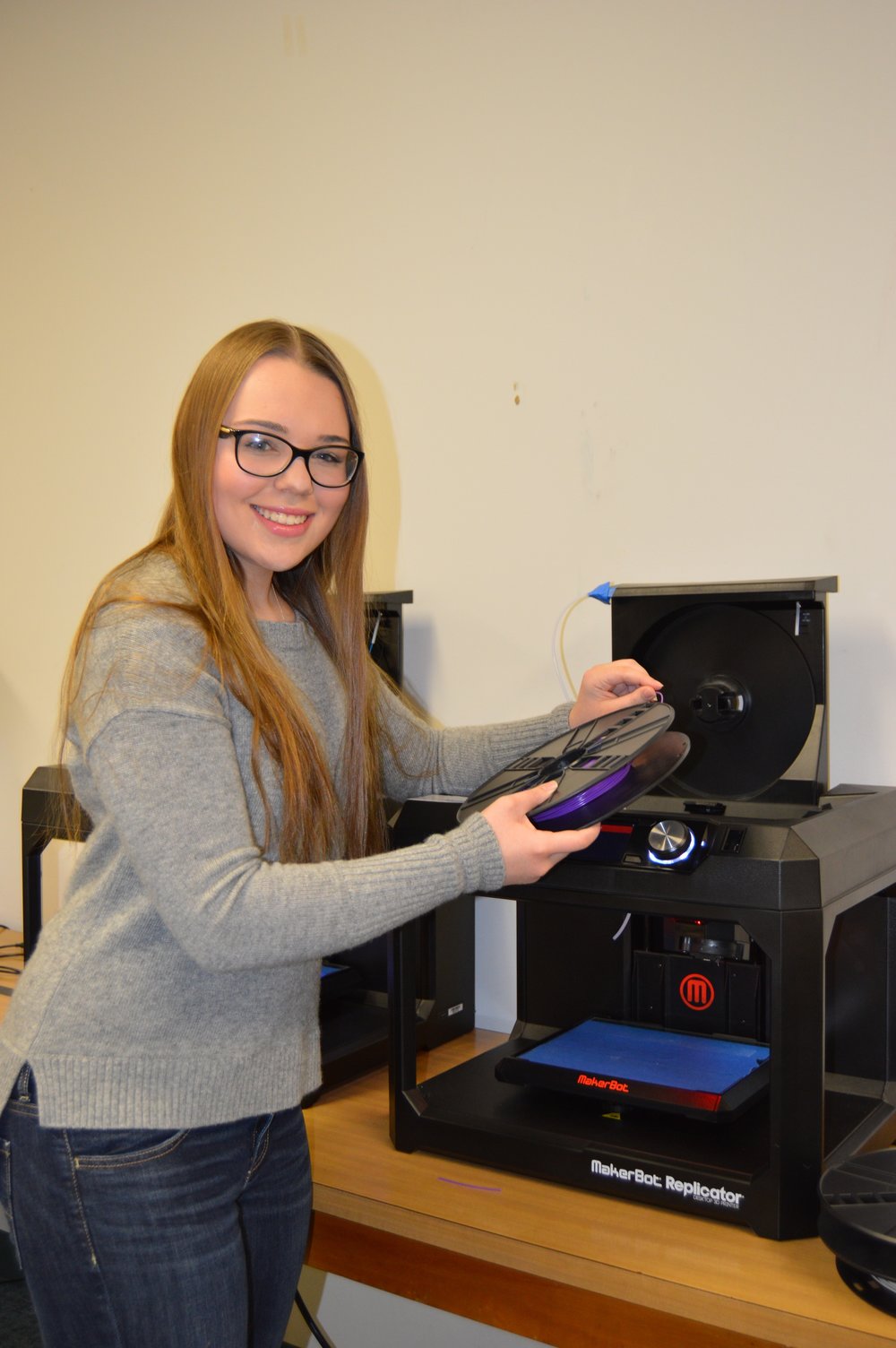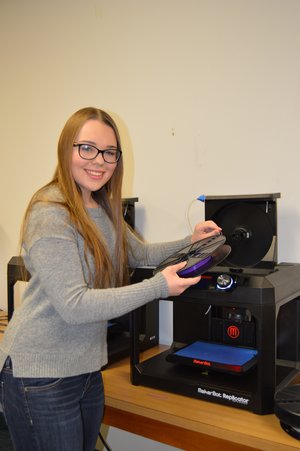Picture perfect?
With our society becoming increasingly social-media based, the idea of perfection is in many ways dictating the actions of Generation Z, my generation.
This especially affects teenage girls. We constantly fall into an unhealthy cycle of comparing ourselves to the Instagram feeds of celebrities, friends, and anyone else whom we believe has reached “perfection.” But the definition of “perfection” these days is to have an Instagram feed that displays flawless pictures of yourself, you and your friends doing adventurous activities, going to the latest NYC instagrammable hotspot, or wearing the most fashionable outfit.
Now, what does this have to do with girls and STEM? That’s simple: as long as girls are trying to obtain this new definition of perfection on social media, they are not associating STEM women with perfection. In reality, girls are not going to Mae Jemison’s Instagram page aspiring to be her; they are going to Kylie Jenner’s page.
If you don’t really understand teens, how are you going to change their minds?
I began to make these observations when I was 16 (last year), and I felt an immediate obligation to take action. I knew there were already numerous organizations encouraging girls to pursue STEM and breaking down negative stereotypes surrounding women in STEM, but I was still not seeing much progress with my peers.

Emily’s STEMily, a 3D-printed doll
My unique perspective as a current high school student allowed me to see the problem of the lack of women in STEM differently. I realized that many, older advocates for girls in STEM might not fully understand or relate to the new barriers Generation Z girls like me face, barriers that prevent us from pursuing a STEM education.
I love science, but I’m not shy or nerdy.
And there was one other aspect that I considered when pondering what initiative I wanted to take to encourage girls’ participation in STEM: my love for public speaking. Throughout my childhood, when the rare occasion occurred that the media portrayed a girl in STEM, they were always shown as the “nerdy,” quiet one.
This was a stereotype that I never fit, but society made me believe that I had to conform to this to be a “true STEM girl.” But in reality, I was always the girl who got in trouble for talking too much, who was involved in every public speaking competition I could find, and who got so excited whenever a teacher assigned an oral assignment.
I knew that whatever I decided to do to accomplish my goal of increasing the amount of women in STEM, public speaking had to be a part of it.
All of these ideas finally came together after I entered a STEM competition at the end of my sophomore year of high school. The competition required you to submit a video explaining one of your past STEM inventions. Since dolls had a tremendous impact on my childhood, I decided to 3-D print my own STEM doll. I felt that if only I’d had a STEM doll to play with when I was a child, I would have been interested in STEM sooner.
Your hostess to the world of STEM!
Although I did not win the competition, I discovered that I loved the process of making a video of myself explaining a STEM topic. This combined STEM education and public speaking perfectly. Since I named the doll I 3-D printed “STEMily,” I decided to take that name and create a website with it, which is now STEMilyK.org.
With my firm believe that providing girls with role models could have a tremendous impact on encouraging girls to pursue STEM, I decided that I wanted to interview women in STEM about their education, career, and advice for girls. I would then post the interviews on STEMilyK.org so that all girls would have access to a panel of women in STEM role models.
Another factor that drives girls away from STEM, I think, is the misconception about what STEM jobs entail, so I wanted to make sure that I highlighted on my website women who had unique jobs that do not normally get publicized by the media.
Since my first interview in May 2017, I have been able to interview some of the most accomplished, inspiring women in STEM. These include Girl Scouts CEO, Sylvia Acevedo; Roominate CEO, Alice Brooks; Madison Square Garden CEO, Andrea Greenberg; and Youtuber “Physics Girl,” Diana Cowern.

Emily interviewing Karen Sloat Olsen, a park ranger at the Thomas Edison National Historical Park.
My mission is not only to expose girls to fascinating STEM career options, but also to show the world that STEM girls are not weird. I believe that we have the power to change the world by shattering the current notion of “perfection.” STEM role models will allow girls to understand that not only are women able to work in STEM fields, but thrive in them.
I encourage all girls to redefine what it means to be a “STEM girl” so that it displays your individuality, and to pursue your STEM goals and dreams.
About the Author
Emily Koehne is a 17-year-old high school senior from the NYC area. She is the founder and CEO of STEMilyK.org, a website dedicated to increasing the amount of girls interested in STEM. Amy Poehler’s organization, Amy Poehler’s Smart Girls, recently did a story about Emily as well.



